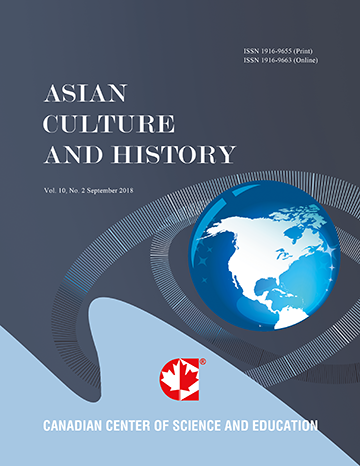Zen’s Four Mottos and the Poetic Language
- Yong Zhi
Abstract
This paper attempts to delve into the heart of Zen Buddhism by discussing the four Zen mottos, which provide the philosophical and spiritual pillars of Zen. The four Zen mottos, “special transmission outside doctrine,” “not to establish language,” “direct point to the mind,” and “seeing into one’s nature and attaining the Buddhahood,” address the fundamental questions about language in its role of the expression and transmission of the spirituality. The mottos indicate that enlightenment is nothing but breakthroughs in an individual’s searching for meanings and a new level of consciousness in their life practice. The experiences of enlightenment as new horizons of consciousness cannot be fixed in conceptual language and reduced to doctrinal principles. Enlightenment, as concrete experiences in the “flux” of the mind, can be most directly expressed and effectively transmitted in poetic language. Poetry can metaphorically capture, articulate, and evoke the spiritual experiences that are often viewed as mystical or ineffable in an abstract paradigm. Poetry can capture the living experiences of life without making judgments and fixation based on doctrines and conceptual frameworks; therefore it is “a special transmission outside the doctrine.” Poetry can deliver spiritual messages without directly asserting and delimiting them; therefore, it “does not establish language.” Poetry can “directly point to the mind” by freeing the speaker from any fixed positions, frameworks, and logical rules, so it can directly appeal to people’s minds and respond to concrete situations. The poetics of Zen renders a contrast to the traditional approach to Buddhism that seeks the abstract representation of enlightenment based on exegeses and interpretations of the established words given by the founders and predecessors.
- Full Text:
 PDF
PDF
- DOI:10.5539/ach.v5n1p1
Journal Metrics
Google-based Impact Factor (2017): 5.42
h-index (January 2018): 11
i10-index (January 2018): 21
h5-index (January 2018): 6
h5-median (January 2018): 9
Index
- Academic Journals Database
- CNKI Scholar
- COPAC
- EconPapers
- Elektronische Zeitschriftenbibliothek (EZB)
- Excellence in Research for Australia (ERA)
- Genamics JournalSeek
- Google Scholar
- Infotrieve
- LOCKSS
- MIAR
- NewJour
- Open J-Gate
- PKP Open Archives Harvester
- Publons
- RePEc
- Scilit
- SHERPA/RoMEO
- Standard Periodical Directory
- Technische Informationsbibliothek (TIB)
- The Keepers Registry
- Universe Digital Library
- WorldCat
Contact
- Ivan YongEditorial Assistant
- ach@ccsenet.org
